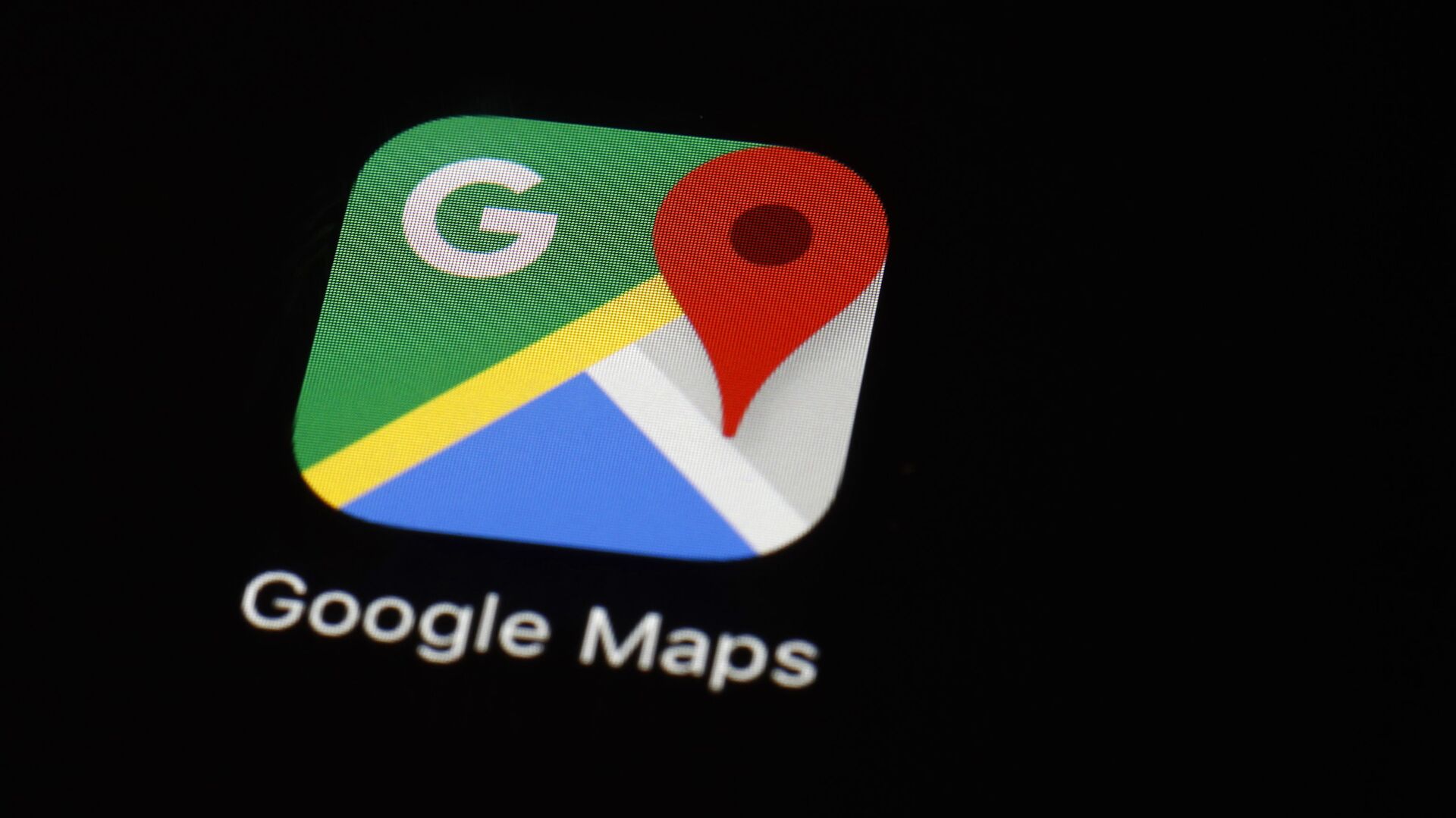The Indian Space Research Organisation (ISRO) has partnered with MapmyIndia, an Indian technology company that builds digital map data, to create a local alternative to Google Maps.
Details like the name and tentative date of release of the upcoming app have not yet been revealed to the public.
In an official statement, ISRO said that the "collaboration will enable them to jointly identify and build holistic geospatial solutions utilising earth observation datasets" as well as other Indian-made geoportals.
ISRO's announcement took the Indian segment of Twitter by storm, with netizens showing appreciation for the decision. Memers also seized the opportunity to troll Google Maps over "inaccurate" directions on Indian roads.
Woah 🥳
— Aaraadhya Saxena 🇮🇳 (@ihailmyindia) February 12, 2021
The confidence of taking on the Google maps itself is a bold stand.
First PPE kits and masks, then corona vaccine, koo app and now this, I think we are seriously marching ahead towards atmanirbhar bharat 🇮🇳
ISRO and MapmyIndia join hands.
— @8pmgyan (@8pmGyan) February 12, 2021
This is one of the biggest challenge to big tech! This combination will soon challange the dominant position of Google Maps in India.
According to Google Maps in India. pic.twitter.com/LbR0wbZ4dd
— Bangali Babu (@qareebnjr) February 13, 2021
When you take Google Maps too seriously 😂 pic.twitter.com/RcIyWbn2d7
— K@n!$hk Kr!shn@ (@kanishk_krishna) February 13, 2021
Guys note them they will be big..#AtmaNirbharBharat #VocalForLocal
— Rajnikant Sharma (@TheRajnikant11) February 13, 2021
Twitter vs Koo
WhatsApp vs Sandes
Google Maps vs MapMyIndia@isro efforts In this, help of indigenous service
ISRO and MapmyIndia join hands to replace Google Maps in India . Thanq @isro
देश बदल रहा है😍
ISRO is already developing the Indian Regional Navigation Satellite System (IRNSS) otherwise known as "Navigation with Indian Constellation (NaVIC)".
Currently, a constellation of seven satellites that form NavIC provides critical satellite-based navigation signals for both civilian and military purposes. The system can cover Indian geography as well as a region extending 932 miles (1,500 kilometres) around the system.
In 2020, Chinese smartphone-maker Xiaomi launched its Redmi Note 9 series replacing Google Maps with built-in NavIC.






